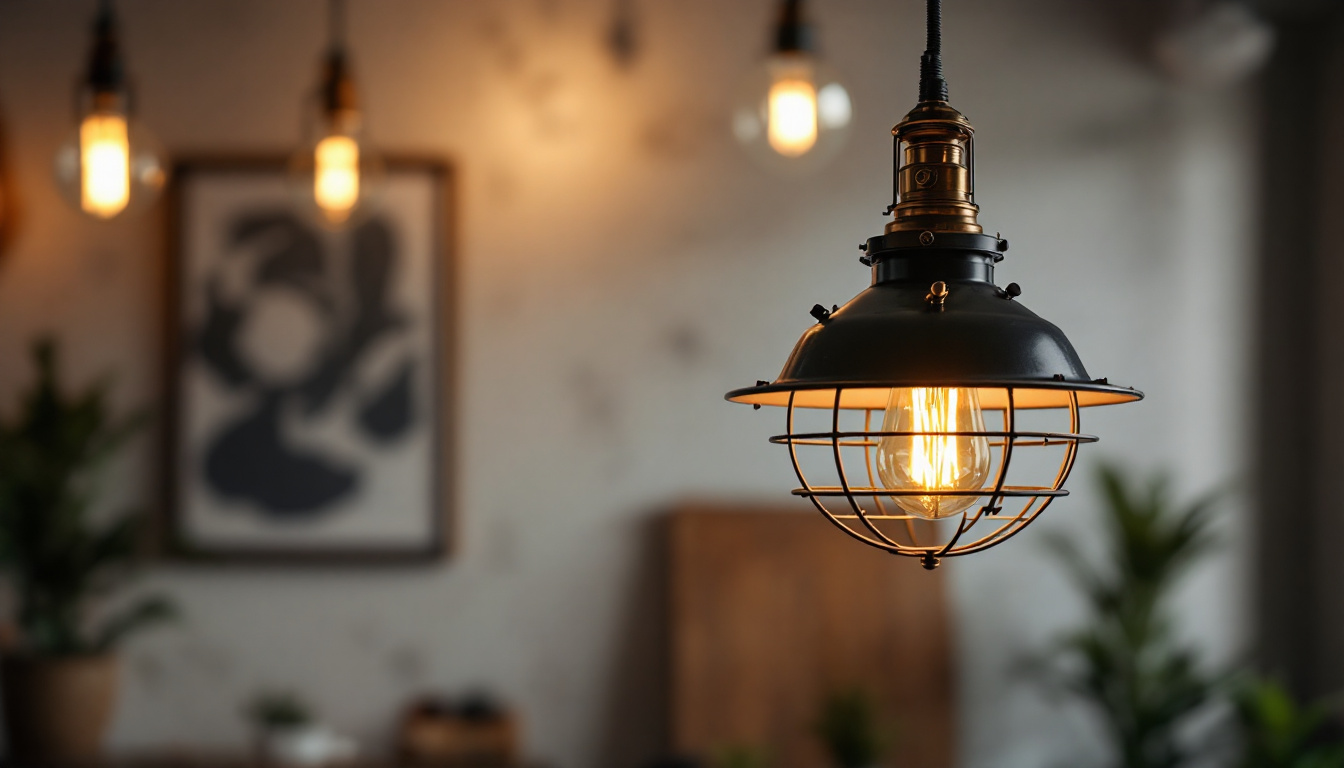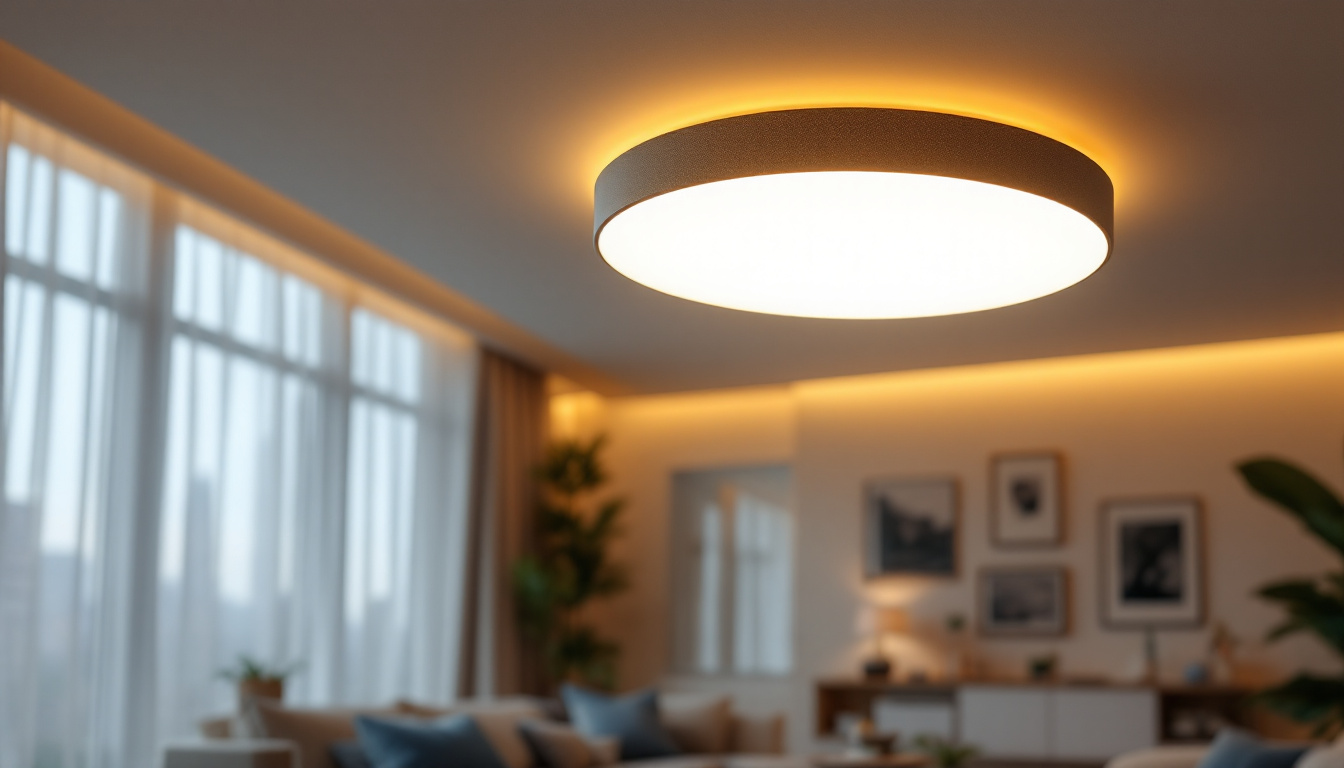

In the world of lighting contracting, the importance of effective and portable work lighting cannot be overstated. Whether working on a residential project or a large commercial installation, having the right lighting tools at your disposal can significantly enhance productivity, safety, and overall project quality. This article explores how lighting contractors can master the use of portable work lights to elevate their work and ensure optimal results.
Portable work lights serve multiple functions on a job site. They illuminate work areas, enhance visibility, and contribute to a safer working environment. For lighting contractors, these tools are not just accessories; they are essential components that can make or break a project.
Safety should always be a top priority in any contracting work. Poor lighting can lead to accidents, injuries, and costly mistakes. Portable work lights provide the necessary illumination to ensure that workers can see clearly, reducing the risk of slips, trips, and falls. Furthermore, well-lit areas can help identify hazards more easily, allowing contractors to mitigate risks before they become serious issues. The presence of adequate lighting can also foster a culture of safety among workers, encouraging them to remain vigilant and proactive about their surroundings. Additionally, portable work lights can be adjusted and repositioned as needed, ensuring that every corner of the job site is adequately lit, regardless of the task at hand.
When workers can see what they are doing, they can work more efficiently. Portable work lights eliminate shadows and dark spots, allowing contractors to focus on their tasks without interruption. This improved visibility can lead to faster completion times and higher quality work, ultimately benefiting both the contractor and the client. Moreover, the versatility of portable work lights means they can be used in various settings—whether it’s an outdoor construction site, a dimly lit warehouse, or even during emergency repairs. By providing consistent lighting, these tools enable teams to maintain momentum, reducing downtime caused by inadequate visibility. In addition, many modern portable work lights are equipped with energy-efficient LED technology, which not only brightens the workspace but also minimizes energy consumption, making them a cost-effective solution for long-term projects.
There are various types of portable work lights available, each designed to meet specific needs and preferences. Understanding the different options can help lighting contractors choose the right tools for their projects.
LED work lights have gained popularity due to their energy efficiency, long lifespan, and bright illumination. These lights are lightweight and often come with adjustable brightness settings, making them versatile for various tasks. Additionally, LED lights generate less heat, reducing the risk of burns or fire hazards on the job site. Their durability is another significant advantage; many LED work lights are built to withstand tough conditions, including impacts and vibrations, which is essential for construction sites. Furthermore, with advancements in technology, some LED work lights now come equipped with features such as built-in battery packs and USB charging ports, enhancing their functionality for professionals on the go.
Halogen work lights are known for their bright, white light and ability to illuminate large areas. They are typically more affordable than LED options but consume more energy and have a shorter lifespan. While halogen lights can be effective for short-term projects, contractors should consider their long-term costs and energy consumption. One notable feature of halogen lights is their ability to produce a warm light that closely resembles natural daylight, which can be beneficial for tasks requiring color accuracy. However, users must also be cautious about their heat output, as halogen lights can become extremely hot during operation, necessitating careful placement and handling to avoid accidents.
Flood lights are designed to provide broad, even lighting across large areas. They are ideal for outdoor projects or large indoor spaces where visibility is crucial. Many portable flood lights come with adjustable stands or hooks, allowing contractors to position them as needed for optimal lighting. In addition to their versatility, some flood lights are now available with features such as remote control operation and integrated motion sensors, which can enhance security and convenience on job sites. Moreover, the emergence of solar-powered flood lights offers an eco-friendly alternative, allowing contractors to harness renewable energy while working in remote locations without access to traditional power sources. This innovation not only reduces energy costs but also promotes sustainability in construction practices.
When selecting portable work lights, lighting contractors should consider several key features to ensure they choose the best tools for their needs.
The brightness of a work light is measured in lumens. A higher lumen count means a brighter light, which is essential for effectively illuminating work areas. Contractors should assess the specific lighting requirements of their projects to determine the appropriate lumen output needed for optimal visibility. For instance, tasks that require fine detail, such as electrical work or intricate assembly, may necessitate lights with higher lumens to avoid shadows and ensure precision. Additionally, adjustable brightness settings can offer versatility, allowing users to modify the intensity based on the task at hand or the time of day.
Since these lights are meant to be portable, their weight and ease of transport are crucial factors. Lightweight models that can be easily carried or moved around the job site will save time and effort. Additionally, features like collapsible designs or built-in handles can enhance portability. Some advanced models even come with integrated wheels or straps for easy maneuverability, making them ideal for larger job sites. Furthermore, considering the battery life and power source is essential; options that offer rechargeable batteries or dual power capabilities (AC and DC) can provide flexibility and reduce downtime during projects.
Job sites can be tough environments, and portable work lights must be able to withstand the rigors of daily use. Contractors should look for lights made from durable materials that can resist impacts and harsh weather conditions. Weather-resistant or waterproof models are particularly beneficial for outdoor projects. In addition to impact resistance, features such as shatterproof lenses and robust housing can further enhance the longevity of the lights. It’s also wise to consider models with a high IP rating, indicating their level of protection against dust and moisture, ensuring reliable performance even in challenging conditions. Moreover, some lights may offer additional protective features, such as heat dissipation technology, which can prolong the lifespan of the bulbs and maintain consistent brightness over extended periods of use.
To maximize the effectiveness of portable work lights, lighting contractors should adhere to certain best practices. These practices not only enhance the functionality of the lights but also contribute to overall job site safety and efficiency.
Strategically placing work lights is crucial for achieving optimal illumination. Lights should be positioned to minimize shadows and ensure that all work areas are adequately lit. Contractors should assess the layout of the job site and adjust the placement of lights as needed throughout the project.
Like any tool, portable work lights require regular maintenance to ensure they function properly. Contractors should inspect lights for any signs of damage, such as frayed cords or broken bulbs, and address these issues promptly. Regular cleaning can also help maintain brightness and extend the lifespan of the lights.
As technology advances, portable work lights are becoming increasingly sophisticated. Lighting contractors should consider innovative features that can enhance their productivity and ease of use.
Some modern portable work lights come equipped with smart technology, allowing users to control brightness and settings via a smartphone app. This feature can be particularly useful for contractors who need to adjust lighting without interrupting their workflow.
Many portable work lights now include built-in rechargeable batteries, eliminating the need for constant power sources. Some models even offer USB charging capabilities, allowing contractors to charge their lights using portable power banks or vehicle chargers. This feature is especially beneficial for outdoor projects where access to electrical outlets may be limited.
When investing in portable work lights, contractors must weigh the initial costs against long-term benefits. While cheaper options may seem appealing, they may not offer the durability or efficiency needed for professional use.
Investing in high-quality portable work lights can lead to long-term savings. Energy-efficient models, such as LED lights, consume less electricity and have longer lifespans, reducing replacement costs over time. Contractors should consider the total cost of ownership when selecting lighting tools for their projects.
As technology evolves, upgrading to more advanced portable work lights may become necessary. Contractors should budget for these upgrades to ensure they remain competitive in the industry. Allocating funds for high-quality lighting tools can ultimately enhance project outcomes and client satisfaction.
Portable work lights are indispensable tools for lighting contractors, providing the necessary illumination to enhance safety, productivity, and overall project quality. By understanding the various types of portable work lights, their key features, and best practices for use, contractors can master the art of effective lighting on the job site.
Investing in high-quality, innovative lighting solutions not only improves work conditions but also contributes to a contractor’s reputation for excellence. As the industry continues to evolve, staying informed about the latest advancements in portable work lighting will empower contractors to deliver outstanding results for their clients.
In a competitive market, mastering portable work lights can be the difference between a successful project and a missed opportunity. By prioritizing safety, efficiency, and quality, lighting contractors can illuminate their path to success.
Ready to take your lighting projects to the next level? At LumenWholesale, we provide lighting contractors like you with the highest quality, spec-grade portable work lights at unbeatable wholesale prices. Say goodbye to local distributor markups and hello to superior lighting products that meet the most rigorous industry standards. With our hassle-free bulk buying and free shipping, you can stock up on reliable, high-performance lighting solutions that enhance safety, productivity, and project quality. Don’t compromise on excellence—choose LumenWholesale for the perfect blend of quality, affordability, and convenience. Elevate your lighting game today by visiting Wholesale Lighting at the Best Value and discover how we can brighten your success.

Discover the essential insights every lighting contractor needs about industrial style pendant lamps.

Discover the pivotal role sensor lights play in modern lighting projects and why they are essential for contractors.

Discover why sourcing vanity lights in bulk from local distributors might not be the best choice.

Discover how flushmount ceiling lights can transform your lighting projects by enhancing efficiency and aesthetics.
Get notified when NEW deals are released.
Optimize your budget with wholesale discounts.
Only top-quality, specification-grade lighting products.
No additional costs at checkout - what you see is what you pay.
We understand the unique needs of contractors.